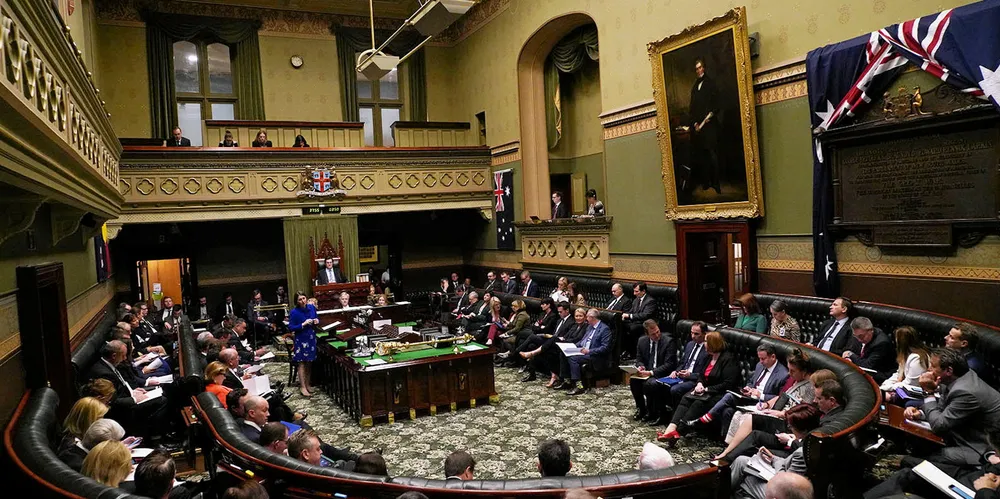'Export superpower': Australian state approves $2.2bn of funding to slash cost of green hydrogen
New South Wales aims to bring price of renewable H2 to $2/kg by 2030 while turning itself into a major hydrogen exporter

New South Wales aims to bring price of renewable H2 to $2/kg by 2030 while turning itself into a major hydrogen exporter
